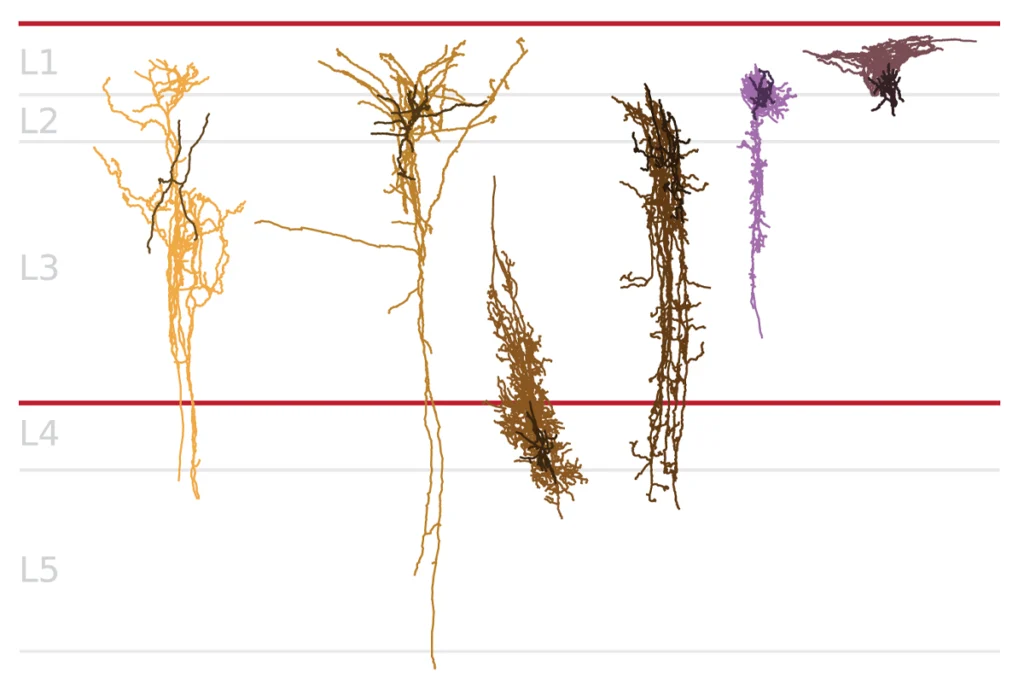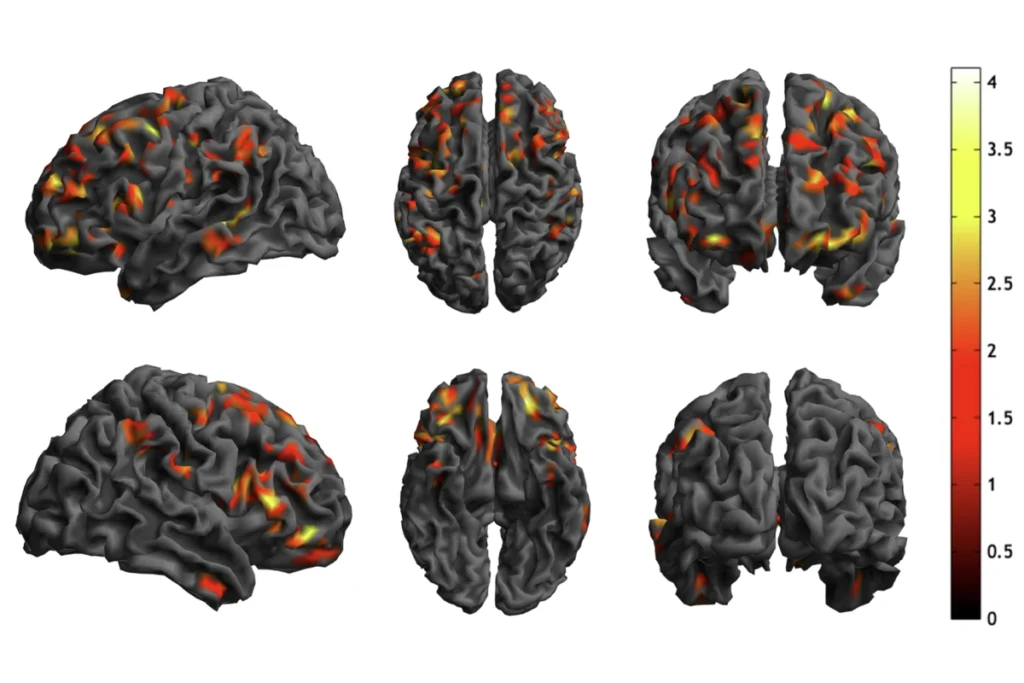John Constantino: Educating communities about autism’s complexities
In the fall of 1980, when he left his hometown of St. Louis, Missouri, for undergraduate studies at Cornell University in upstate New York, John Constantino was determined to pursue one of two careers: a doctor or a school teacher.
In the fall of 1980, when he left his hometown of St. Louis, Missouri, for undergraduate studies at Cornell University in upstate New York, John Constantino was determined to pursue one of two careers: a doctor or a school teacher.
“If I didnʼt make it in med school, I figured being a teacher was the next best way to influence a group of kids over the course aof your career,” he recalls.
As it happens, he combined the two paths.
From the very beginning of his medical training ― during which he specialized in pediatrics, child psychiatry and, later, in pediatric epidemiology ― Constantino has coupled his rigorous clinical research with teaching social workers, educators and parents about childrenʼs mental health.
“Heʼs a wonderful teacher, a very good communicator of scientific knowledge to layman,” says Mildred Winter, former director of Parents as Teachers, a program that counsels at-risk parents about early childhood development and learning strategies.
Constantino began working with Winterʼs program in the mid-1990s. In 1999, the pair developed the first scale of autism traits that is quick and easy enough for general practitioners and school teachers to use.
The test, later named the Social Responsiveness Scale (SRS), soon became enormously popular. Since its commercial release in 2005, it has been published in seven languages and is set to be available in eight more. Autism clinicians, too, say itʼs one of the most reliable measures of the disorder, thanks to years of rigorous reliability testing.
“He not only developed this instrument very carefully, but he has studied it in a way that almost no instrument in the field has been studied ― that makes it just head and shoulders above the rest,” says Joe Piven, an autism researcher at the University of North Carolina at Chapel Hill. “In that sense, [Constantino] has made a huge contribution.”
More recently, the SRS has allowed Constantino to quantitatively study the ‘Broader Autism Phenotypeʼ (BAP) ― milder behavioral, neurobiological or anatomical traits that are common in the undiagnosed siblings and parents of children with autism. The BAP might be the key, he says, to pinpointing the combinations of genes and environmental triggers that lead to autism.
Autism by accident:
In 1988, just after graduating from medical school at Washington University in St. Louis, Constantino and his then-new wife of just six months, Michele, headed to New York City. There, he began a five-year residency in pediatrics and psychiatry at the Albert Einstein School of Medicine in the Bronx.
The socioeconomic problems of New Yorkʼs inner-city, especially child abuse and neglect, would turn out to be hugely influential over the course of Constantinoʼs career.
“It refined my ideas about what would be the most influential preventive intervention that was both doable, and would have a big impact on long-term outcomes,” he says.
The key to effective intervention, he found, was tight collaboration among several groups in the community ― something that he knew would be much easier for him to set up among his established networks back in St. Louis.
In 1993, after the couple moved back to St. Louis, Constantino began building partnerships with the local school system, state agencies and community programs, including Winterʼs program.
Five years later, an unexpected phone call from Winters looped Constantino into autism research. Winters told him that the Dana Foundation, a nonprofit organization in New York, had invited her to apply for a $25,000 grant for research that would link neuroscience and education.
Many children with autism who visited Constantinoʼs clinic, particularly those with milder symptoms, werenʼt eligible to receive special education services in the public schools because the doctors and the schools couldnʼt agree about what counted as autism. The established diagnostic tools for autism were, by and large, comprehensive tests that took many hours and rigorous training to complete.
“So I told her, ‘If we had a way that teachers and clinicians and families could all get on the same page about autism severity, it would get these kids interventionsʼ,” he recalls.
The two-page grant application was due the following day. “Luckily I had nothing to do that day,” he says wryly. Their proposal was accepted, and ultimately resulted in the SRS.
The SRS ― initially called the Social Reciprocity Scale ― is a 65-item questionnaire that is completed by an adult who has interacted with the child suspected of having autism. The questions focus on reciprocal social behavior, such as the ability to understand and respond to emotional cues from others. “When we designed it, we got input from psychologists, nurses, parents, therapists, speech pathologists, to really hone in on what was unique about autism symptomatology,” says Constantino.
The truly innovative part: the SRS takes just 15 to 20 minutes to complete. “So that meant that teachers could use it, parents could use it. It could cross clinical and educational settings,” he says.
“Our staff have found it very helpful,” says Vince Marino, executive director of Family Support Network, a child abuse prevention agency in St. Louis. “Itʼs great because the family can actually take the scale with them when they go see the doctor. So it helps whoeverʼs going to make the diagnosis,” he adds.
Most important, the SRS is a consistently reliable measure of autism. In 2003, Constantino found that scores on the SRS have about a 70% correlation with scores on the ADI-R ― the gold standard of autism diagnoses1.
In the family:
The SRS generates a single number that reflects the severity of a childʼs social deficits: from 0 ― meaning extremely gregarious and empathetic ― to about 170, meaning extremely socially impaired. When Constantino first designed the scale, he thought questions on the test would be separated in order to produce sub-scores for each of autismʼs three diagnostic categories: social impairment, language impairment and repetitive behaviors.
But after analyzing the first sets of SRS data, he found that the three domains are not independent of each other. That is, children with autism have similar impairments in each of the domains2. “It seems that theyʼre very tightly connected to each other and that some underlying cause causes all three of them to happen at the same time,” he says.
Based on this observation, Constantino and one of his Washington University colleagues, the late Richard Todd, decided to see “if maybe the genes that cause autism are floating around in the general population.”
The duo collected SRS scores from 788 pairs of twins aged 7 to 15 years. Instead of a bimodal distribution of scores ― with one hump indicating the autistic populations and the other indicating the non-autistic population ― the researchers found a bell curve: a continuous distribution of SRS scores in the sample3. “Thatʼs something we never would have thought to see,” Constantino says.
At the same time, this and previous studies using the SRS have shown that milder social impairments are highly heritable. A 2000 study on 232 pairs of male twins found a 73 percent correlation in the SRS scores of identical twins, compared with a 37 percent correlation in fraternal twins4.
Last year, Constantino collaborated with Daniel Geschwind and colleagues at the University of California, Los Angeles, using the subtle phenotyping power of the SRS to look for specific genetic markers associated with autism5.
The team tested 99 families in which at least two children have autism, and scanned the genomes of all family members. Siblings with similar SRS scores in these families share specific variations in two genetic regions, one on chromosome 11 and one on chromosome 17, the researchers found.
When the team compared only the genomes of family members diagnosed using the ADI-R scale, they didnʼt find any shared variations. That suggests that the SRS can pick up genetic abnormalities in family members who don’t necessarily have behavioral signs of autism ― and increase the statistical power of traditional linkage studies.
Today, when he isnʼt seeing patients or fly-fishing with his kids in Missouri trout streams, Constantino is conducting more studies using the SRS to unlock the autism genotype.
“As opposed to a lot of us who have a little bit of attention deficit, and we flit from one thing to another, I think Johnʼs just very thoughtful and careful,” says Piven. “Heʼs someone who follows through with an idea and really develops it very well.”
Constantino is particularly fascinated by the ‘unaffectedʼ siblings of children with autism, especially those who score higher than average on the SRS. “How is it that you can have part of the syndrome, but not all of it?” he asks. “That gives you some profound insight into what collision has to happen in order to produce the syndrome.”
The next big step, he says, is studying these siblings for quantitative makers ― or endophenotypes ― of autism.
“What else aggregates in autistic families and travels with these subtle autistic symptoms? Is it neuroimaging variation? Is it electrophysiology?” he asks. “Now weʼve got to say, ‘Letʼs look at one step deeper.ʼ”
References:
- Constantino J. N. et al. J. Autism Dev. Disord. 33, 427-433 (2003) PubMed ↩
- Constantino J. N. et al. J. Child Psychol. Psychiatry 45, 719-726 (2004) PubMed ↩
- Constantino J. N. & Todd R. D. Arch. Gen. Psychiatry 60, 524-530 (2003) PubMed ↩
- Constantino J. N. & Todd R. D. Am. J. Psychiatry 157, 2043-2045 (2000) PubMed ↩
- Duvall J. A. et al. Am. J. Psychiatry 164, 656-662 (2007) PubMed ↩
Recommended reading
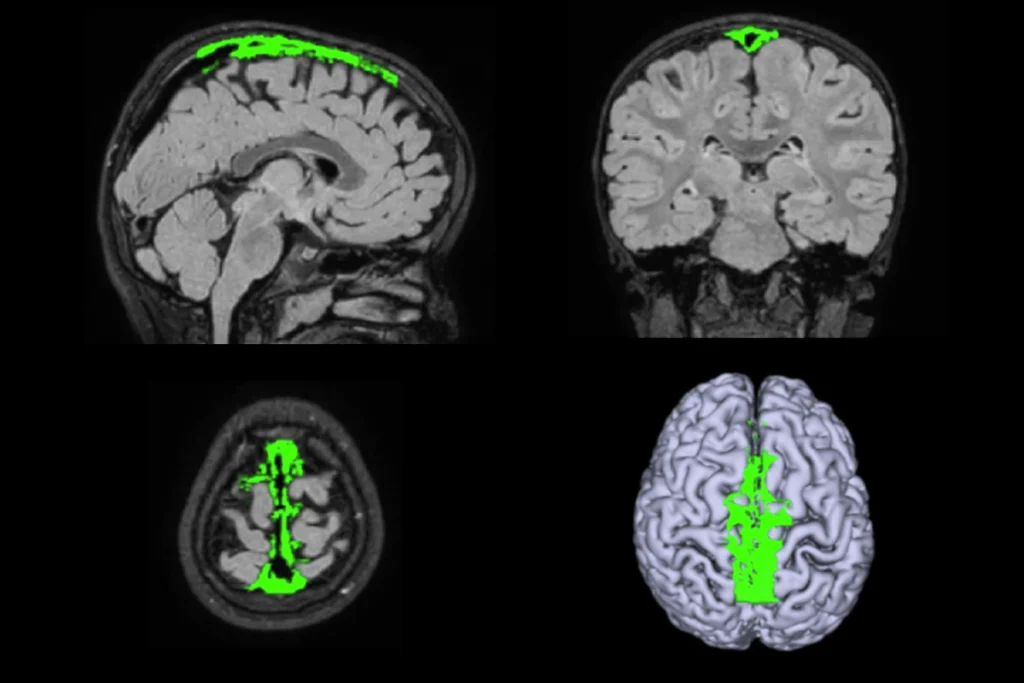
Okur-Chung neurodevelopmental syndrome; excess CSF; autistic girls
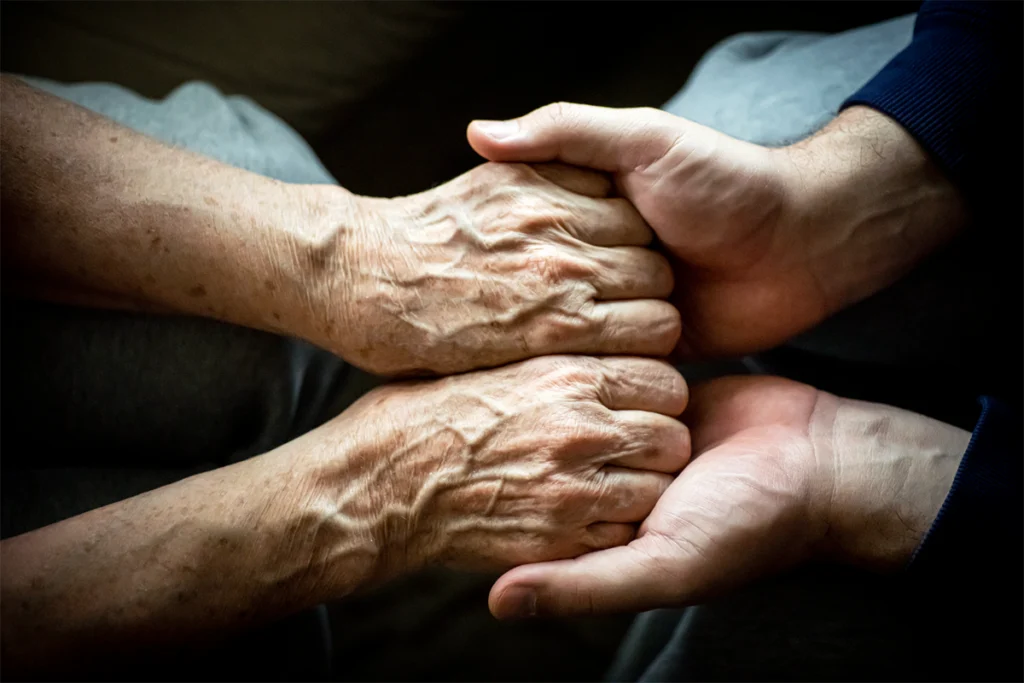
New catalog charts familial ties from autism to 90 other conditions
Explore more from The Transmitter
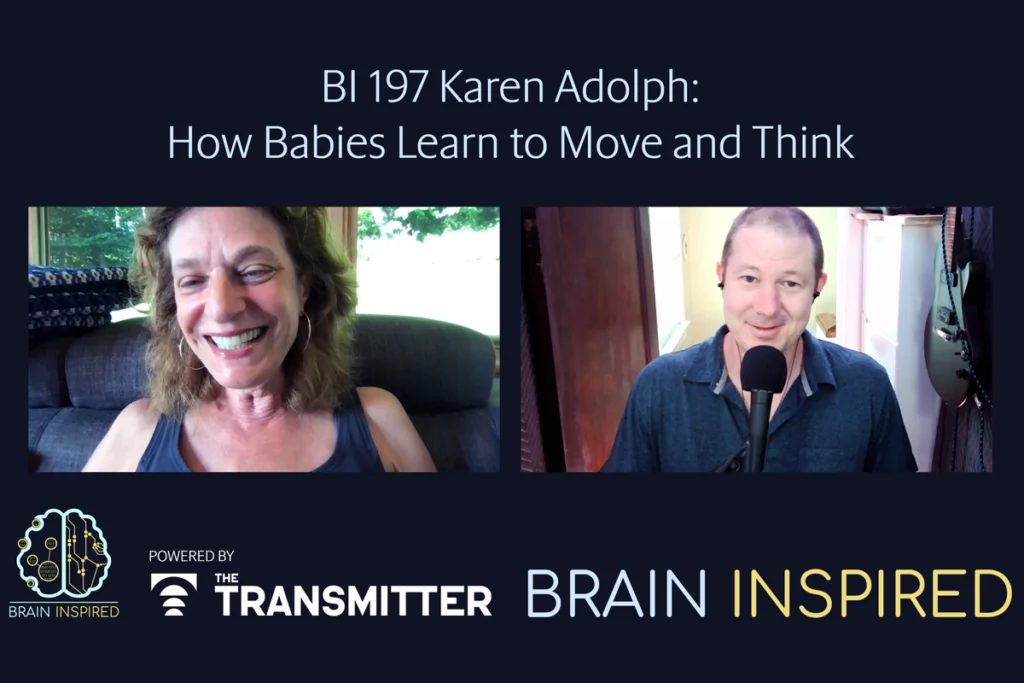
Karen Adolph explains how we develop our ability to move through the world
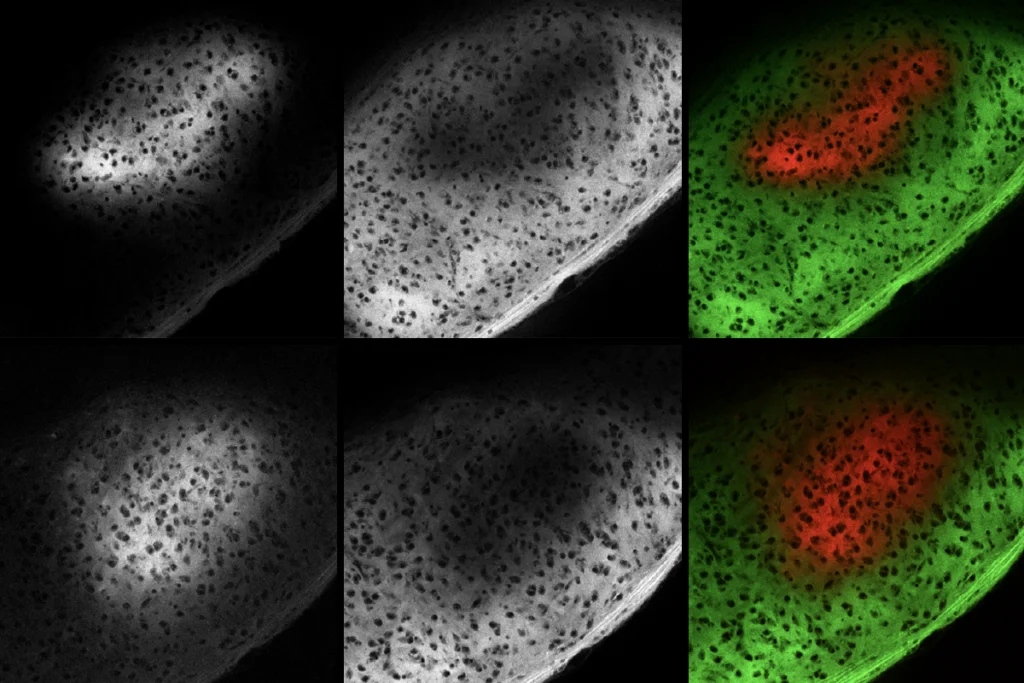
Microglia’s pruning function called into question
